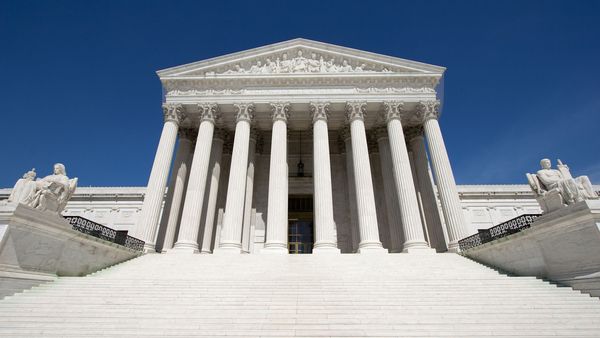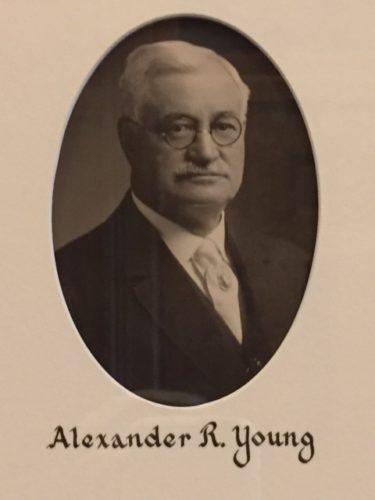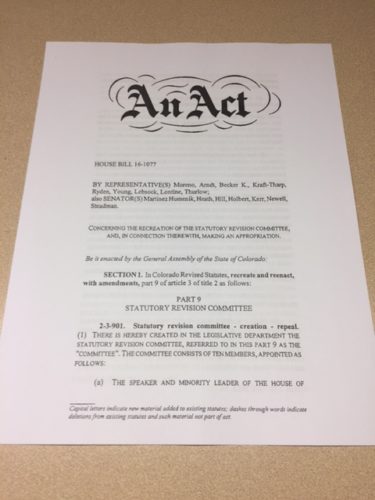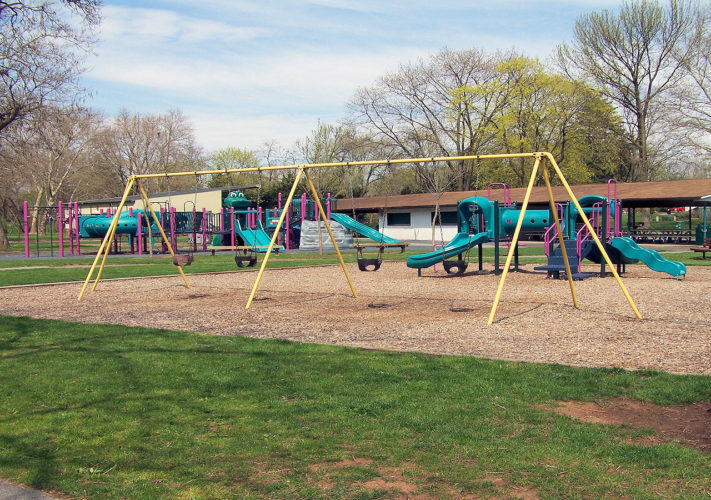
Teachers’ Loyalty Oaths and the Constitution
by Julie Pelegrin Last week, we discovered that teachers and professors must take an oath to uphold the federal and state constitutions and to faithfully perform their duties. Originally, however, […]


by Julie Pelegrin Last week, we discovered that teachers and professors must take an oath to uphold the federal and state constitutions and to faithfully perform their duties. Originally, however, […]

by Julie Pelegrin Since 1921, the law has required elementary, junior, and high school teachers and college and university professors to take what’s called a “loyalty oath” affirming their loyalty […]

by Kate Meyer As we informed you last year, the General Assembly recreated the Statutory Revision Committee (SRC) through legislation enacted in 2016. Generally, the SRC makes an ongoing examination […]
by Darren Thornberry The sine die gavel was still ringing in our ears when construction projects began anew this spring at the Colorado state capitol building. Much like the laws […]

by Brita Darling In a recent LegiSource article, “Missouri Tires – Colorado Schools,” I described the nexus between the then-pending United States Supreme Court case Trinity Lutheran Church of Columbia, […]